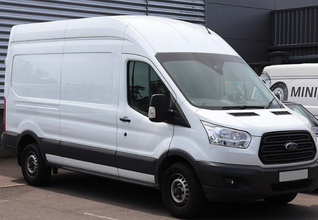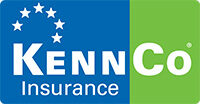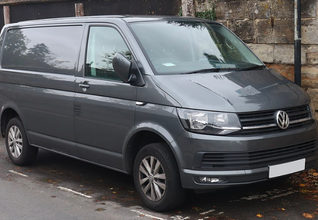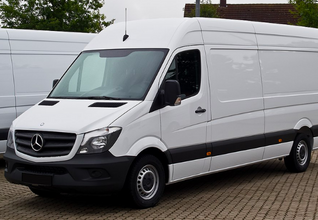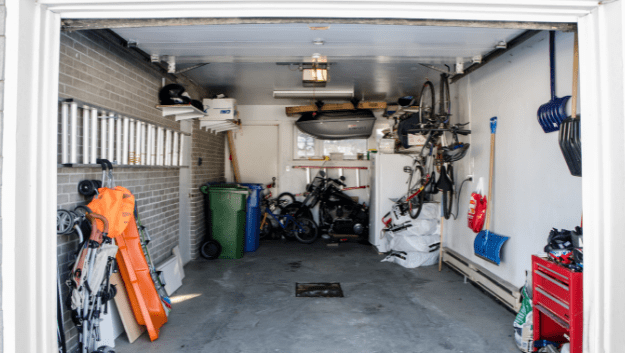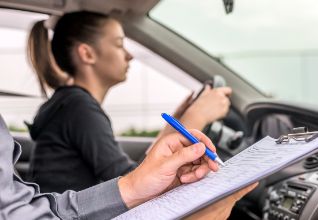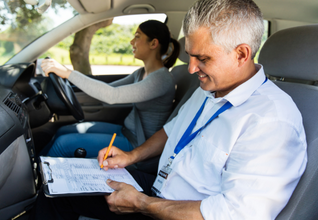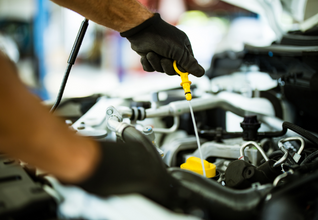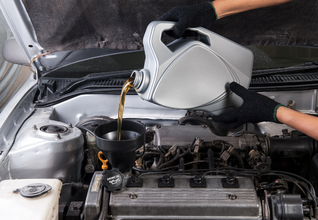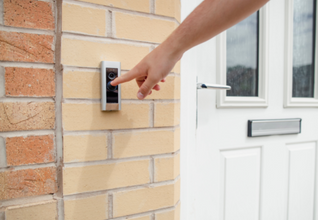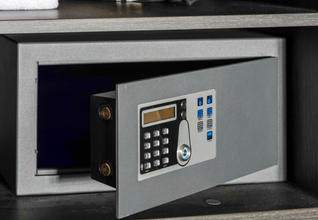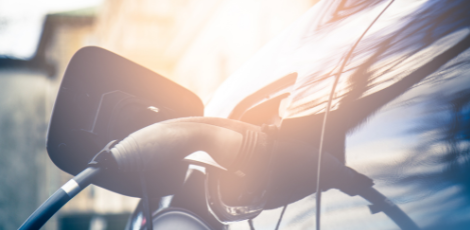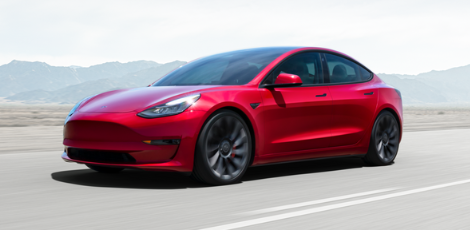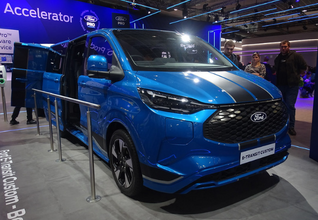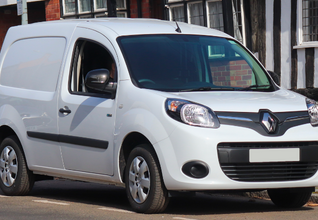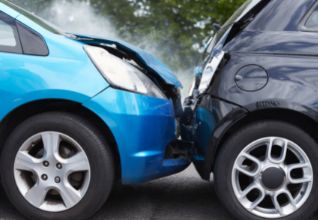When finding the best work vans in Ireland, several popular and reliable options are available. From compact vans to larger commercial vehicles, the Irish market offers various models to suit different business needs. To help you make an informed decision, we’ve compiled a list of Ireland’s top work vans.
Here are some of the best work vans in Ireland:
1. Ford Transit
(Copyright: WikiMedia)
The Ford Transit has been a popular choice for businesses and tradespeople in Ireland for decades. This van is available in various sizes and configurations, making it a versatile option for multiple trades.
The Transit offers plenty of cargo space, allowing you to transport all the tools and materials you need to get the job done. In addition, the Transit is known for its durability and reliability, making it an excellent investment for any business.
The new Ford Transit Van has a carrying capacity of 2.4 tonnes which will help you transport almost anything for your business.
The Transit also features advanced technology that helps to enhance driver comfort and convenience.
The Transit Van also includes Ford’s SYNC 3 infotainment system, which provides access to various features such as voice-activated navigation, Apple CarPlay, and Android Auto compatibility.
2.Volkswagen Transporter
(Copyright: WikiMedia)
The Volkswagen Transporter is a versatile van that’s perfect for a wide range of businesses. This van is well-built, spacious, and offers a range of advanced features, including built-in shelving and storage compartments.
The Transporter is also known for its fuel efficiency, making it an environmentally-friendly choice for businesses looking to reduce their carbon footprint. Whether you’re a plumber, electrician, or carpenter, the Volkswagen Transporter is an excellent choice for your business needs.
The Transporter is praised for its comfortable and refined ride, which makes long journeys a breeze. The interior is well-designed, with high-quality materials.
3. Mercedes-Benz Sprinter
(Copyright: WikiMedia)
The Mercedes-Benz Sprinter is a large, powerful work van perfect for heavy-duty jobs. This van is known for its durability and reliability, making it a popular choice for businesses in Ireland.
The Sprinter is available in various sizes and configurations, allowing you to customize it to suit your business needs.
In addition, the Sprinter offers advanced safety features, such as lane departure warnings and automatic emergency braking, making it a safe and reliable choice for any business.
4. Renault Trafic
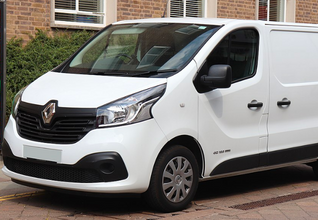
(Copyright: Vauxford, CC BY-SA 4.0, via Wikimedia Commons)
The Renault Trafic is a versatile, affordable work van for small businesses and tradespeople. This van offers ample cargo space and a range of advanced features, including a touchscreen infotainment system and a rearview camera.
The Trafic is available in various body styles, including a panel van, crew van, and passenger van, making it a versatile choice for various applications.
The well-designed interior has ample storage space and various features to keep drivers and passengers comfortable on long journeys.
The Trafic is also known for its fuel efficiency, making it a cost-effective choice for businesses looking to save money on fuel costs.
Whether you’re a business owner, a tradesperson, or need to transport goods, the Trafic is a great option.
5. Citroen Berlingo
The Citroen Berlingo is a practical and reliable work van ideal for small to medium-sized businesses. It offers excellent cargo space, fuel efficiency, and a comfortable ride.
The Berlingo is available in various configurations, including panel vans, crew vans, and MPVs, making it a versatile choice for businesses.
One of the main advantages of the Berlingo as a work van in Ireland is its affordability, with prices starting at a relatively low cost compared to other vans in its class. It can be an attractive option for small businesses and start-ups with limited budgets.
Electric Work Vans
More recently, there’s been a significant shift in the commercial vehicle landscape, with electric work vans gaining popularity in Ireland. This trend is not just a nod to environmental consciousness but also a smart business decision considering long-term cost savings and efficiency.
Leading the charge are models like the Ford E-Transit and Mercedes-Benz eSprinter, which combine the trusted reliability and robustness of their traditional counterparts with the benefits of electric powertrains.
These vans offer reduced emissions, lower running costs, and a quieter, smoother driving experience, making them ideal for urban deliveries and businesses looking to reduce their carbon footprint.
With government incentives and an expanding network of charging stations across Ireland, the transition to electric vans is becoming an increasingly practical and appealing choice for businesses aiming to stay ahead in a greener, more sustainable future.
Summary
There are many great work vans available here in Ireland, and the right one for you will depend on your business and your individual needs – whether that’s a smaller van for city use or deliveries, or a larger commercial vehicle designed for long-haul deliveries.
So, make sure to factor in your specific budget, cargo needs, fuel efficiency, and general usage when choosing the best work van for your business.
Ford Transit:
A popular choice for decades, known for its versatility, durability, and advanced features like the SYNC 3 infotainment system.
Volkswagen Transporter:
Praised for its build quality, spaciousness, fuel efficiency, and comfortable ride, making it ideal for various trades.
Mercedes-Benz Sprinter:
A large, powerful van suited for heavy-duty jobs, offering advanced safety features and various size configurations.
Renault Traffic:
An affordable option with ample cargo space, fuel efficiency, and features like a touchscreen infotainment system, suitable for small businesses.
Citroen Berlingo:
Known for its practicality and reliability, it’s an excellent choice for small to medium-sized businesses, offering good cargo space and fuel efficiency at an affordable price.
Looking for reliable and affordable insurance for your van? KennCo Insurance offers coverage on commercial vans in Ireland up to two tonnes if you’re aged between 21 and 69. Contact us today for a quick van insurance quote and get reliable cover that suits you.
Looking to Save On Van Insurance?
KennCo offers some of the best and most affordable van insurance coverage in Ireland. Contact us today to keep your van on the road with a reliable cover that suits you.
Get a Secure Quote Today